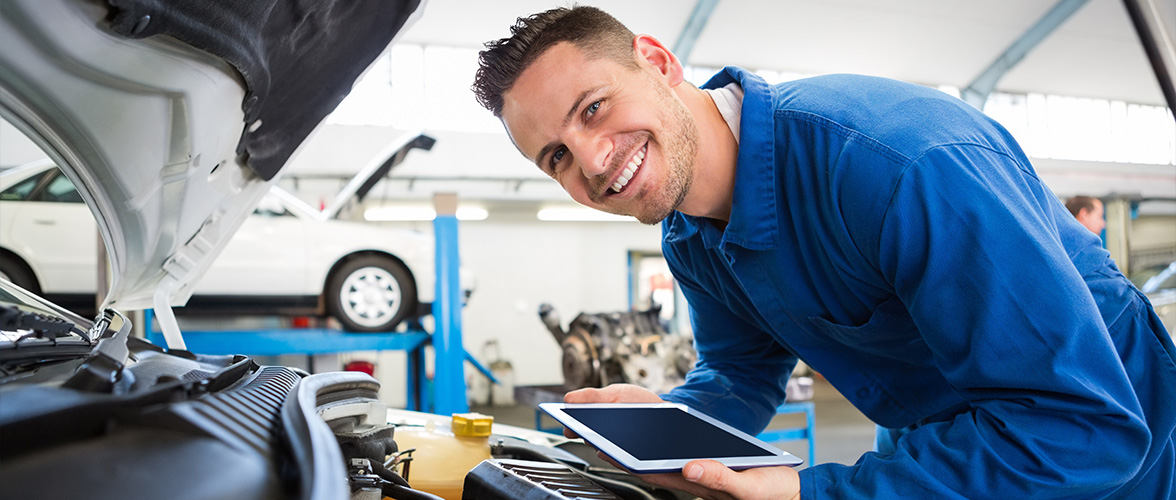All Categories
Featured

Two vital solutions that are frequently overlooked however have a significant effect on tire longevity and efficiency are tire turning and placement. Let's dive into what tire turning and placement are and why they're essential for your car.
What Is Tire Turning? Tire turning is the procedure of moving your tires from one placement to one more to guarantee they use evenly. Considering that your car's tires work at various rates depending on their position (front tires versus back tires), turning them frequently aids to distribute the wear uniformly, resulting in a much longer lifespan for your tires.
Tires on the front axle tend to put on extra rapidly than those on the back axle, particularly in front-wheel-drive automobiles, where the front tires deal with both guiding and power. On the other hand, back tires could use unevenly depending upon the automobile's weight circulation and driving problems. By turning your tires every 6,000 to 8,000 miles (or as recommended by the manufacturer), you'll ensure a more well balanced wear pattern.
What Is Tire Placement? Tire positioning, likewise known as wheel placement, refers to changing the angles of your automobile's wheels to the supplier's requirements. Proper alignment makes sure that your tires are aiming in the best instructions, and it assists optimize tire life and boost lorry handling. There are 3 main aspects of positioning: camber, wheel, and toe.
Camber refers to the tilt of the tires from the front of the automobile. If your tires are slanted way too much inward or outward, it can create unequal wear. Wheel refers to the angle of the guiding axis when seen from the side of the car. This influences the security of the steering, especially when driving directly. Toe describes the angle at which the tires aim inward or outside when checked out from above. This affects just how your automobile tracks when driving. A correct positioning guarantees that all 4 tires are pointing straight in advance and are angled correctly. Misalignment can arise from striking craters, aesthetics, or simply from the wear of suspension parts in time.
Why Tire Turning and Positioning Issue. Extended Tire Life. Both tire turning and alignment assistance prevent irregular tire wear. When your tires use evenly, they last longer, which can conserve you cash over time by minimizing the requirement for premature replacements.
Improved Security. Appropriate tire rotation and alignment enhance automobile security and handling. Misaligned tires or unevenly worn tires can adversely impact your ability to guide and quit your vehicle, specifically in emergency scenarios. Regular upkeep ensures your tires execute efficiently, giving a more secure driving experience.
Better Fuel Performance. If your tires are not lined up correctly, they may drag versus the road surface, causing resistance. This extra rubbing can minimize fuel performance, causing your vehicle to take in more gas. Routine tire positioning makes sure that your car moves successfully, boosting gas mileage.
Improved Comfort. Misalignment or erratically used tires can lead to a rougher experience, as your car may draw away or create vibrations. By maintaining your tires rotated and lined up, you'll appreciate a smoother and a lot more comfortable driving experience.
Signs That Your Tires Need Turning or Placement. It's necessary to stay sharp for any kind of indications that your tires need rotation or positioning. Watch out for these typical signs:
Unequal Tire Use: If you discover that a person tire is dramatically a lot more used than the others, it might be time for a rotation or placement. Guiding Pull: If your cars and truck pulls away while driving directly, this could suggest misalignment. Vibrations: If you feel vibrations in the steering wheel or the vehicle itself, it could be an indicator of misalignment or irregular tire wear. Squealing Tires: Unusual tire noise might likewise show improper placement or the demand for a tire rotation. How Typically Should You Turn and Align Your Tires? Tire rotation need to normally be done every 6,000 to 8,000 miles or as specified in your lorry's proprietor's manual. It's an excellent concept to rotate your tires throughout every oil modification, as this will certainly help you stay on top of regular upkeep.
When it comes to positioning, it doesn't require as constant solution. Typically, alignment must be checked at the very least as soon as a year or whenever you notice concerns like drawing to one side or resonance. You might additionally require placement if you've struck a big crater or visual, which can throw your wheels out of positioning.
Verdict: Maintain Your Tires in Leading Shape. Tire turning and alignment are vital services that maintain your vehicle running smoothly, securely, and efficiently. By making the effort to have your tires rotated and aligned regularly, you're purchasing your vehicle's performance and long life, while likewise boosting your security when driving. Stay aggressive with tire maintenance, and your car will thank you with better fuel economy, boosted handling, and prolonged tire life.
Latest Posts
Explore Best Car Repair Solutions at Montclare Auto Repair – Reliable Repairs Await
Learn Why Chicago Drivers Select Montclare Auto Repair for Reliable Service and Significant Savings
Secure Your Home with Quality Residential Roof
More
Latest Posts
Explore Best Car Repair Solutions at Montclare Auto Repair – Reliable Repairs Await
Learn Why Chicago Drivers Select Montclare Auto Repair for Reliable Service and Significant Savings
Secure Your Home with Quality Residential Roof